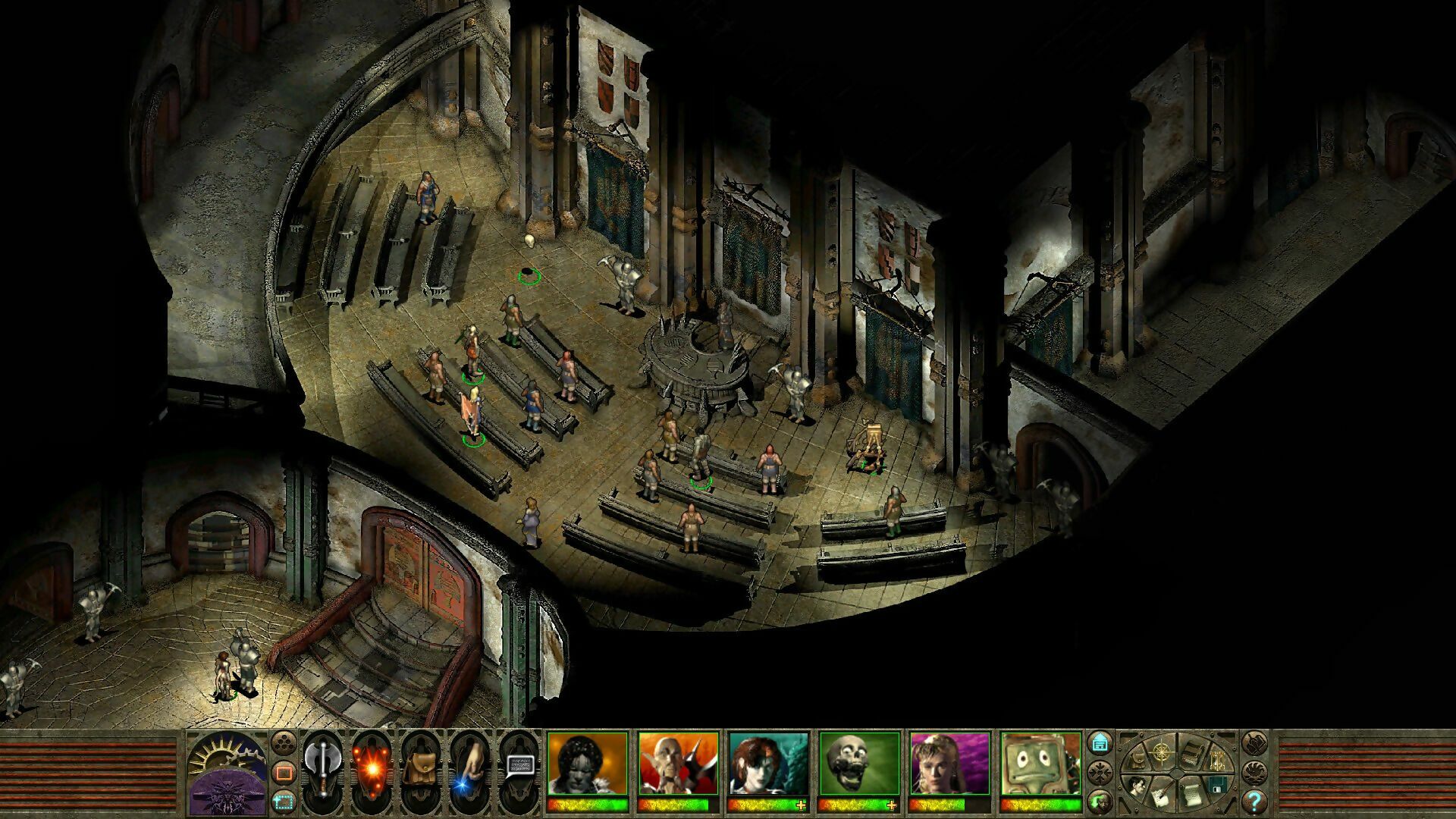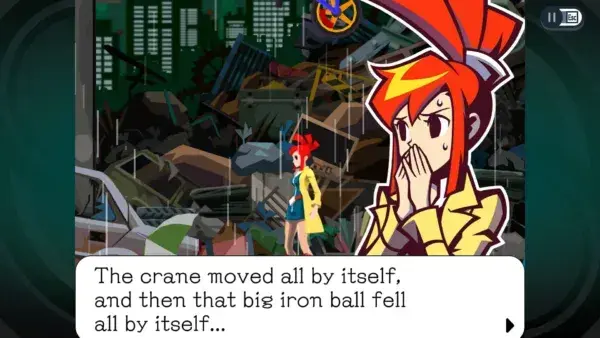
Distilling something as complex as the process of imagining and creating a complete virtual city into just one piece of advice is impossible, but a selection of hints and tips can be helpful. And this is why I compiled this list of the ten most important aspects of city design that you should keep in mind when creating a video game urban environment. So here goes:
1. Things must make sense, and places must feel internally coherent. Even the most exotic of fantasy sci-fi universes has to obey and be built according to certain rules, and, once established, such rules need to remain unchanged. So, gravity (or the lack thereof) will dictate how water flows and how engineering works, societal organisations will determine the existence of noble rulers and where they live, and local materials will influence the architecture of landmarks and residences. Constructing an illusion of cohesive realism is what will lead to believability and support the audience’s suspension of disbelief, which can in turn lead to a spatial sort of immersion.
2. Cities should be approached and thought of on the urban scale. Obvious though this may sound, designers often conceptualise their settlements on the architectural level, and treat them as large and complex buildings to be designed, not planned. Architecture, of course, is an important aspect of any urban space, but a city is infinitely bigger, more complex, and intended to address a different level of functions and societal needs. Urban planning, city design, urbanism, and geography should be applied to it. Keep in mind too that everything which exists within the urban fabric has been planned by someone (whether institutionally or not) to serve a particular purpose.
3. Make towns memorable, not just convincing. Every city on Earth is, by definition, realistic. Not all of them are memorable, though. Places need unique characteristics to be strongly remembered, and virtual places even more so. An impressive landmark, unexpected architectural styles, distinct soundscapes, a harsh climate, outlandish festivals, dominant and emphatic ideologies, vast palaces and public parks, and ancient histories can all make a place stand out.
4. The polis is the people. A city is much more than its built environment, and its systems extend way past its transportation and power networks. A city is also the people living in it; the society that gives the urban fabric life, and constantly reshapes and uses its spaces. A city is its beliefs and traditions and gossip and struggles. What’s more, the city and its physiognomy are influenced by everything in and around it: animals, plants, waste disposal systems, arts, climate, hinterland, fashions, topography, technology, religion, and vehicles.
5. Where? When? Why? How big? These are the four fundamental questions every planner of imaginary settlements has to answer. Even the simplest village has to be located somewhere (by the sea, in the mountains, on national borders, etc.), during an era that will define societal norms or technology levels, and it must have been initially founded to serve some need. Size is crucial as it determines a city’s complexity, needs, and structure. A metropolis vastly differs from a village not only in size, but in the number and type of functions it incorporates, and even the types of society it fosters.

Developed by Gamious, Lake put equal emphasis on the physical town and the menagerie of people living in it. (Full disclosure: I worked on this game.)
6. Urban functions are of paramount importance. Urban functions are what a city is meant to do; the reasons it exists. Contemporary examples of functions include residence, commerce, transportation, production, administration, leisure, and education. It is common for mid-sized cities to be defined by a dominant function, and we can thus speak of industrial cities, hub towns, mining towns, and so forth. Urban functions are expressed on actual space as land uses; the zones in SimCity, for instance, define land uses.
7. Form follows structure. Every city has a structure that determines the topology of its elements. A structure is effectively the spatial allocation of a city’s land uses, and is usually organised around a dominant centre and specialised sub-centres and zones. Different types of areas and districts will have to be arranged in a pattern, such as concentric rings, along a linear axis, or even like the two-tiered, pizza-like structure of Midgar in Final Fantasy VII.
8. Abstraction matters! Not everything can fit in a game city, and even the biggest of our medium’s metropolises would have trouble challenging the size of a small, real-life town. Everything from geographies to the number of buildings per block has to be abstracted. Abstraction doesn’t need to be uniformly applied to the entire urban space, however – important landmarks and locations should be more detailed. In Assassin’s Creed Syndicate’s London, for example, Trafalgar Square or the Houses of Parliament were recreated in an almost 1:1 level of detail, whereas everything in between was hugely simplified.

Final Fantasy VII’s Midgar is a memorable and legible city; its class structure is obvious, and Shinra’s central HQ sets the tone.
9. Roads must feel right. Grids of roads are very common, but breaking up the grid and varying block sizes can add much-needed variety and local character. Additionally, avoid making all roads the same width. There should be simple hierarchies ranging from the narrow local roads, to the wider collector arteries, to the large civic highways. Oh, and avoid giving your roads sharp right angles – they’re rare in real life and don’t look convincing in a game, so use T-junctions instead. Also consider the type (or types) of vehicles or beasts of burden the transportation of goods and people will depend on, and try and imagine their requirements and metrics.
10. All cities have histories. Cities are the combined products of history, planning, and geography, and their evolution never really stops. History enriches them with artefacts, old centres, narratives, culture, ruined cathedrals, forgotten districts, and different architectural styles. Cities are works in unending progress. They never cease being built and rebuilt, modernised, demolished, changed, and updated. Showcasing this activity is a good idea, as is remembering that cities evolve according to certain rules. They tend to grow from villages to towns to cities and then to metropolises, and also tend to form historical layers.
Read me
Researching specific cities, their history, planning, and urbanism as a whole is important if you want to come up with great concepts and convincing structures for virtual settlements. Here are a few books to get you started: The City Shaped by Spiro Kostof (Thames & Hudson), 101 Things I Learned in Urban Design School by M. Frederick and V. Mehta (Three Rivers Press), The Image of the City by Kevin Lynch (The MIT Press), and The City in History by Lewis Mumford (Harcourt).





